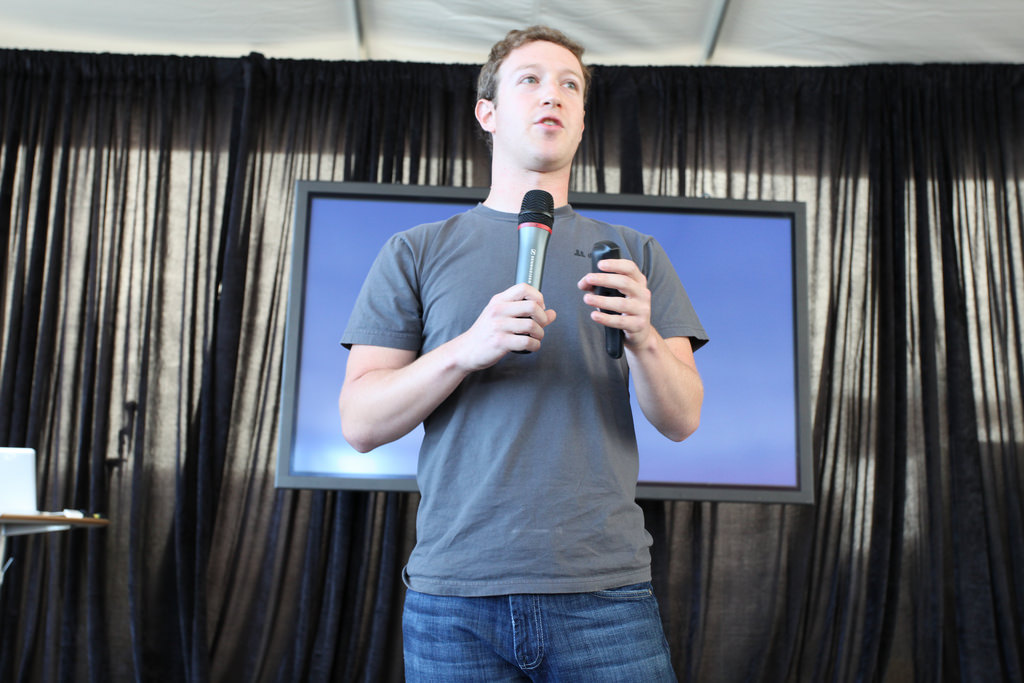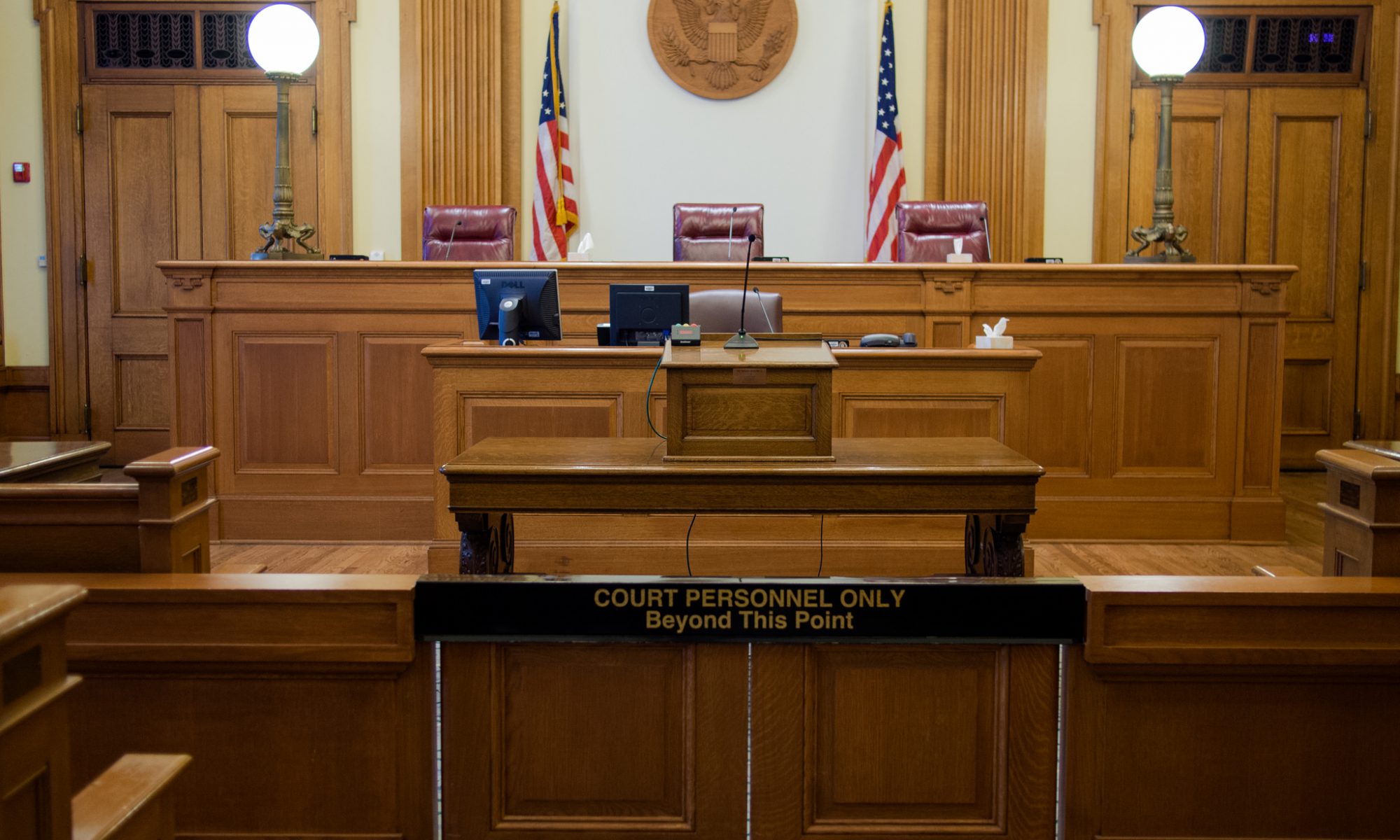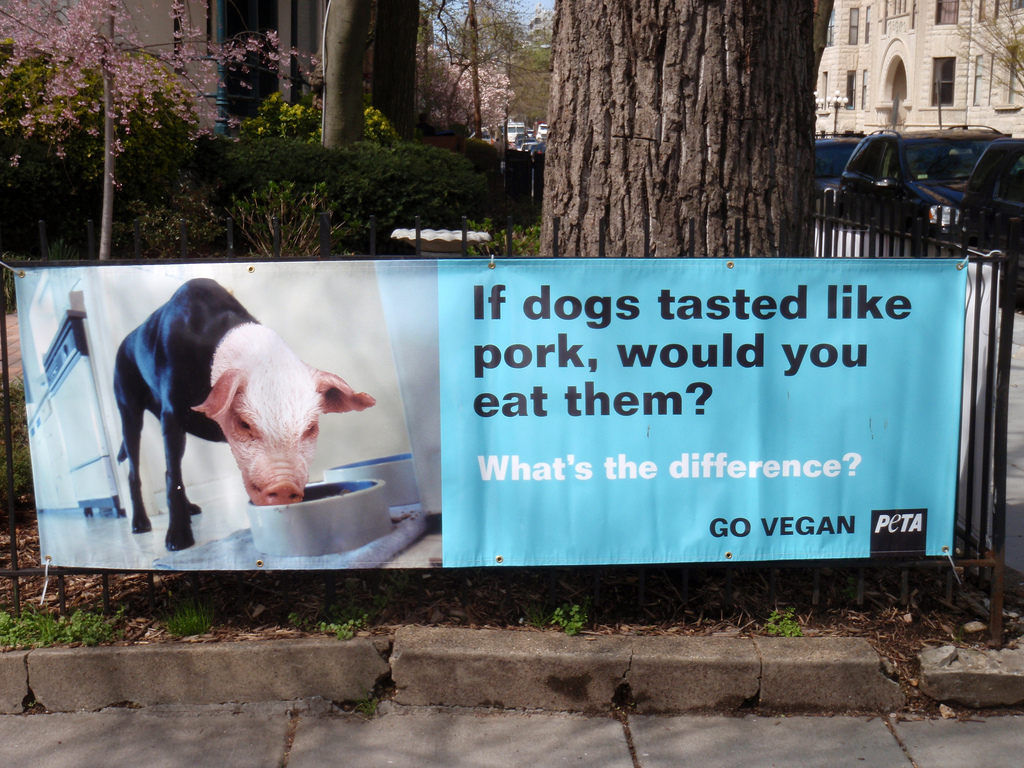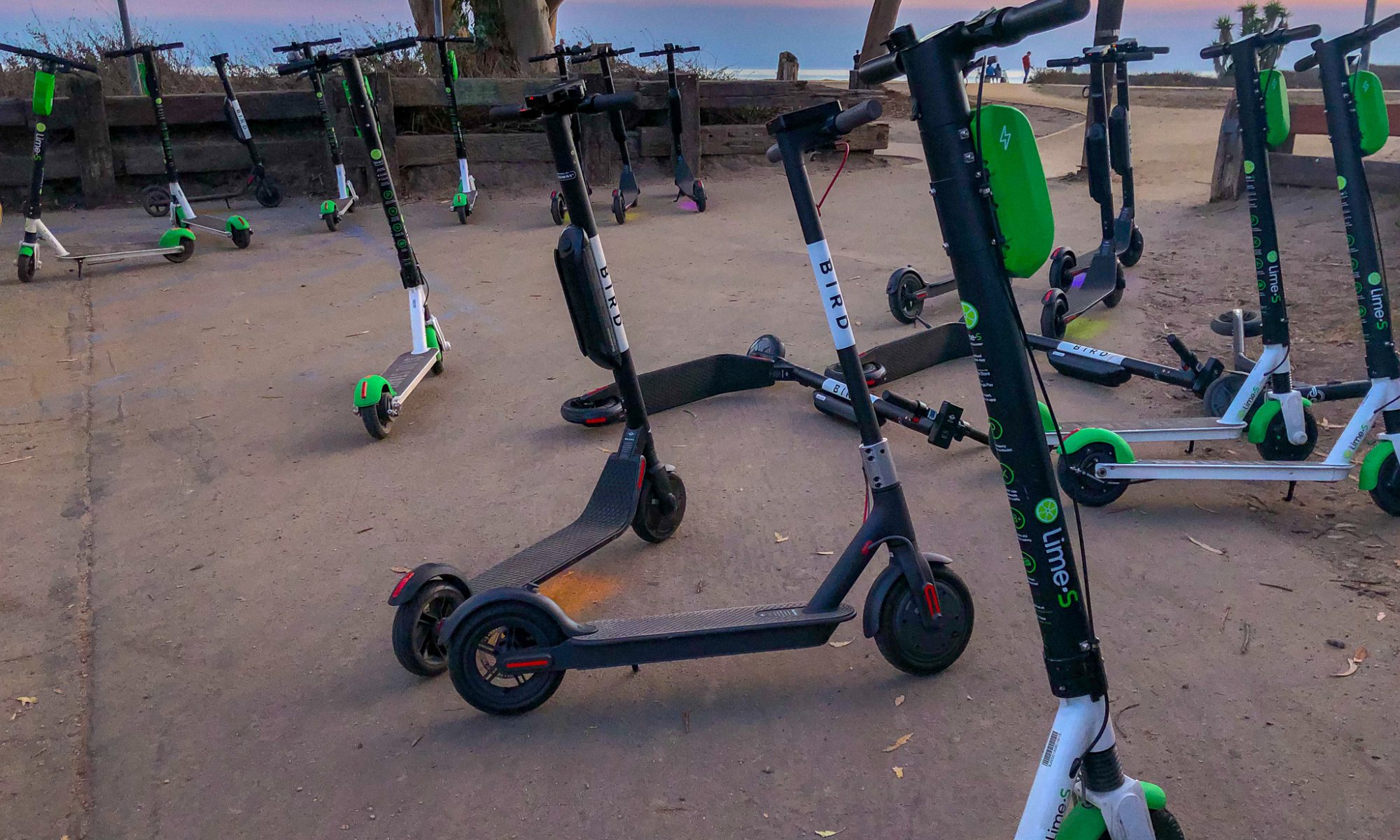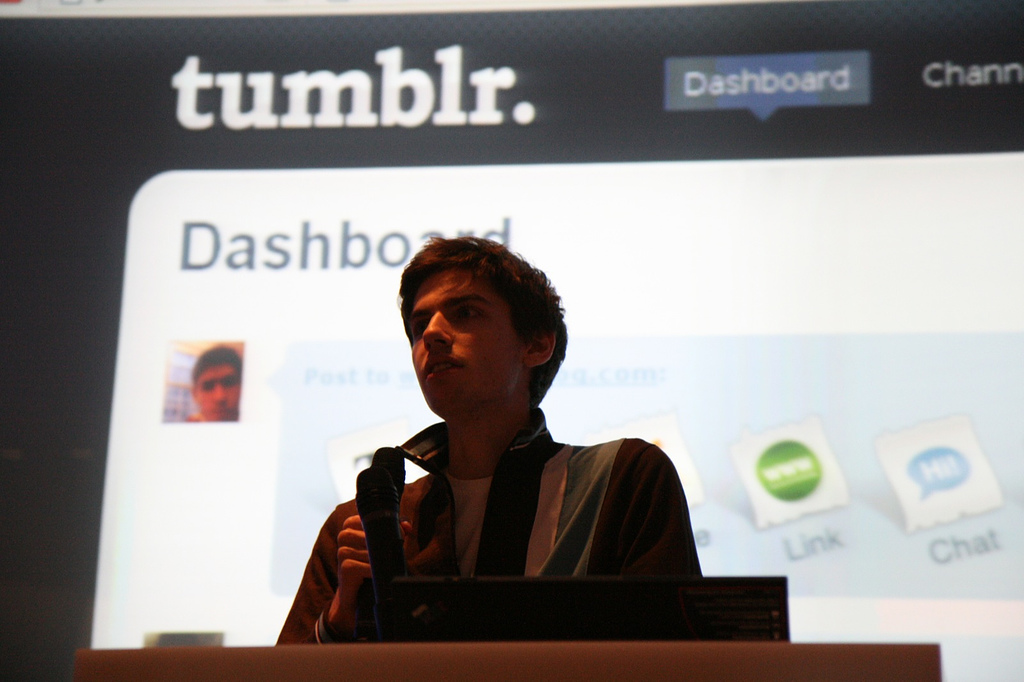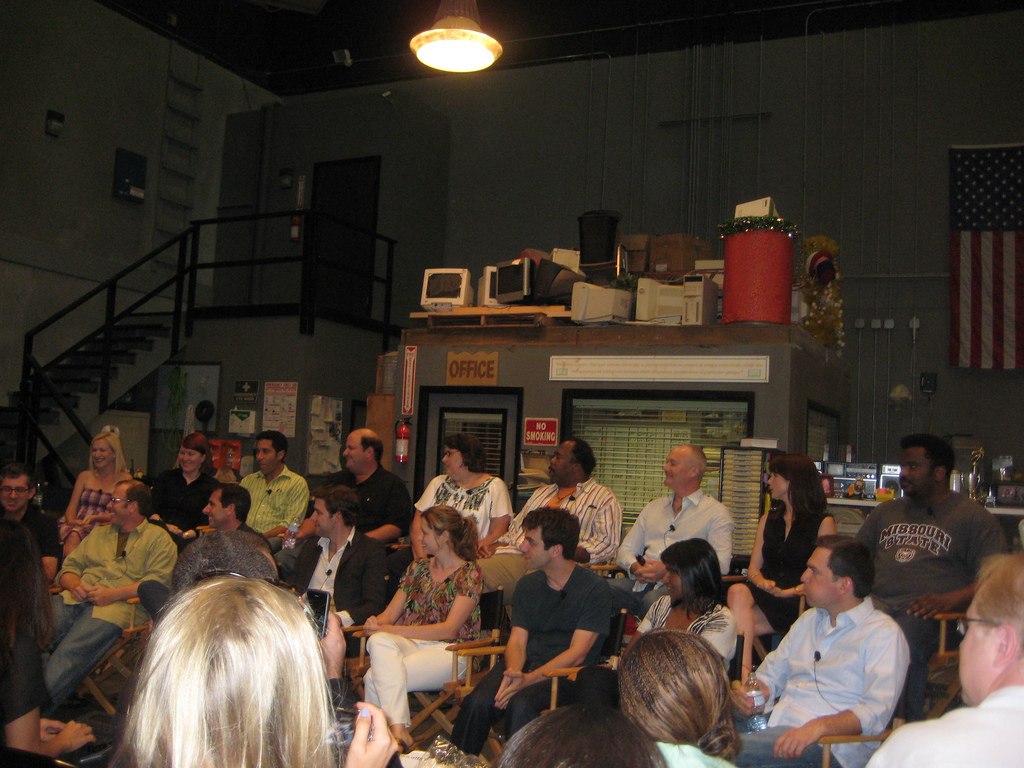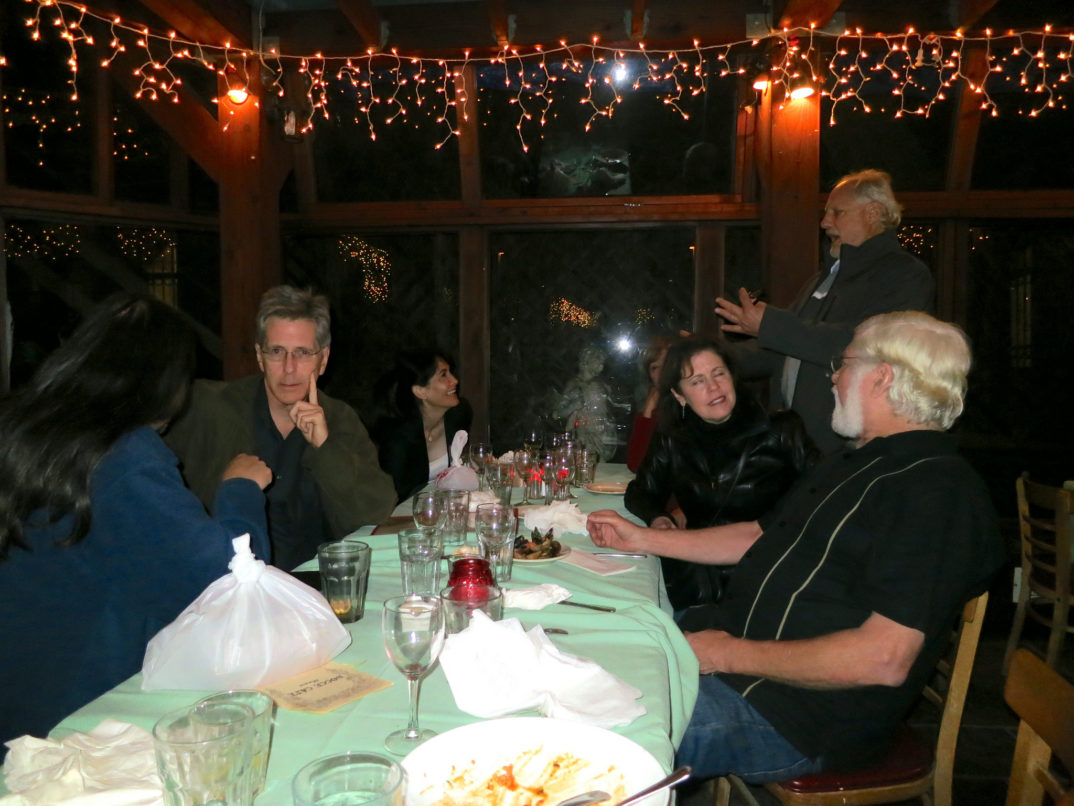Drivers headed toward Salt Lake City on I-15 are sure to notice two things—the breathtaking Wasatch mountain range (when the thickness of inversion doesn’t obscure it) and a striking number of billboard ads warning citizens of the dangers of the misuse of opioids. This is not without good reason—Utah ranks 9th on the CDC’s list of states hit the hardest by opioid overdose. Misuse of opioids is responsible for 23 deaths every month, according to the Utah Department of Health. Empathy is called for when it comes to addiction in general, and addiction to opioids in particular. After all, many people become addicted to opioids in an attempt to deal with serious pain. If opioids pose such a threat, it makes good sense to think carefully about other approaches to dealing with pain.
In the November election, Utah voters were asked to vote on Proposition 2—an initiated state statute that would legalize medicinal marijuana. Utah is one of twenty-one states that permits citizens to propose ballot measures for vote by citizens at large. In order for an issue to make its way onto the ballot, citizens must demonstrate that the issue is one that a substantial portion of the population wants to take up, and they do so by collecting signatures on a petition.
Ballot initiatives have a long history in American politics. They have existed in some form since the earliest days of our government. In the late 1800s, the country witnessed a surge in ballot initiatives. Citizens were increasingly concerned that wealthy interest groups had too much power over legislators and that legislation could, essentially be purchased. The ballot initiative came to be viewed as an important check on lawmakers. A system of government that allows for ballot initiatives demonstrates respect for the will of the people when it comes to the construction of crucial social policies.
On November 6, 2018, the notoriously conservative state of Utah surprised the country by passing their marijuana ballot initiative by a margin of 53 to 48. It made the use of cannabis legal for individuals with qualifying medical conditions such as Alzheimer’s disease, autism, cachexia, cancer, Crohn’s disease, epilepsy, HIV, Lou Gehrig’s disease, multiple sclerosis, post-traumatic stress disorder or ulcerative colitis. Chronic pain and autoimmune disease are also included in the list of conditions covered by Prop 2. A qualifying patient may, every two weeks, obtain up to 2 ounces by weight of unprocessed marijuana, or a processed product containing no more than 10 grams of THC or TBD. The initiative allowed for private sale of marijuana, in accordance with the guidelines, at a number of dispensaries determined by the population of a given county, with at least one dispensary in each county. The population of counties in Utah results in the possibility of up to forty dispensaries. The initiative also included a provision for patients suffering from chronic pain who live in remote areas. If a patient lives more than 100 miles away from a dispensary, they are permitted to cultivate up to six marijuana plants.
In conflict with the idea that ballot measures should allow for the voice of the people to serve as a check of legislators is the legal fact that legislators aren’t required to listen to the voice of the people. They can reject or revise initiated state statutes if the proposed rejection or revision has the support of a simple majority in The Utah State Legislature. Indeed, that body had been long at work on a bill, The Utah Medical Marijuana Act, to replace Prop 2. They began their work before voters even had a chance to weigh in. They seemingly never intended to let the voters settle the matter.
The new bill makes a number of significant changes to the policy. First, it reduces the number of dispensaries from 40 to 8 and they will be largely be run by the state. Second, it reduces the number of illnesses that qualify to be treated with marijuana, getting rid of provisions for most autoimmune disorders and sources of chronic pain that are difficult to diagnose. The new bill also abandons the provision for patients living in rural areas—such patients must either travel to one of the eight dispensaries or deal with their chronic pain in some other way.
Some of the moves being made by Utah legislators are familiar to many—these kinds of strategies are frequently employed in an attempt to prevent easy access to abortion. Legislators may have their hands tied when it comes to making abortion illegal, but they can seriously restrict access, forcing women to either drive great distances, go through with their pregnancies, or abort their babies in ways that pose a threat to their lives and health. Arguably, the Utah Medical Cannabis Act does the same thing. It seriously restricts the locations at which it is possible to get medical marijuana. Legislators know full well that many citizens, especially those in severe pain, won’t have the resources to travel great distances. As a result, medical marijuana remains as good as banned to these segments of the population.
The similarities between abortion legislation and the Utah Medical Cannabis Act don’t end there. Abortion laws around the country require doctors to read scripts, constructed by the legislators themselves, to patients seeking abortions. They are required to do so even if the script is inconsistent with the expert advice they would choose to give their patients were they allowed to advise freely. In these cases, legislators are behaving as if they know more about the health of patients than trained medical professionals do. Arguably, the Utah Medical Cannabis Act is making the same mistake. Doctors are the best judges of the kinds of illnesses that cause pain, and they are in the best position to make recommendations on how that pain would best be tackled. If a doctor, in his or her expert opinion, thinks pain would better be treated with marijuana than with opioids, for example, many would argue that the doctor’s judgment should be respected.
The bill was passed as a result of coordination between a number of interested parties. One of these parties is The Church of Jesus Christ of Latter Day Saints. In advance of the election, the church sent out an e-mail to its members, urging them to vote no on Prop 2. They advised their members that “Its proponents assert that it will make medical marijuana available to those suffering with debilitating pain and other infirmities. However, in truth it goes much further, creating a serious threat to health and public safety, especially for our youth and young adults, by making marijuana generally available with few controls.” It seems as if the church strongly influenced the election results with their actions and then continued to push their particular agenda in the form of the bill passed by the legislature. Many find this level of influence by a religious organization to be morally objectionable. Religions wield tremendous coercive influence over their members. Reason may motivate a voter to vote one way in an election, and their perception of what God wants them to do might motivate them to vote in a different way. Between these two alternatives, many devout religious people will do the thing they have reason to believe God wants them to do.
This case has many moving parts, morally speaking, and it motivates a cluster of questions. When should the voice of the people be taken seriously and when is it appropriate for the legislature to behave paternalistically? When the voice of the people expresses that they want a ban to be lifted, is it morally fair to replace a ban with restrictions that are, as a practical matter, not much different from a ban? Should legislators be in the business of telling doctors how best to treat their patients? How involved is it morally appropriate for churches to be in elections and the construction of laws?


